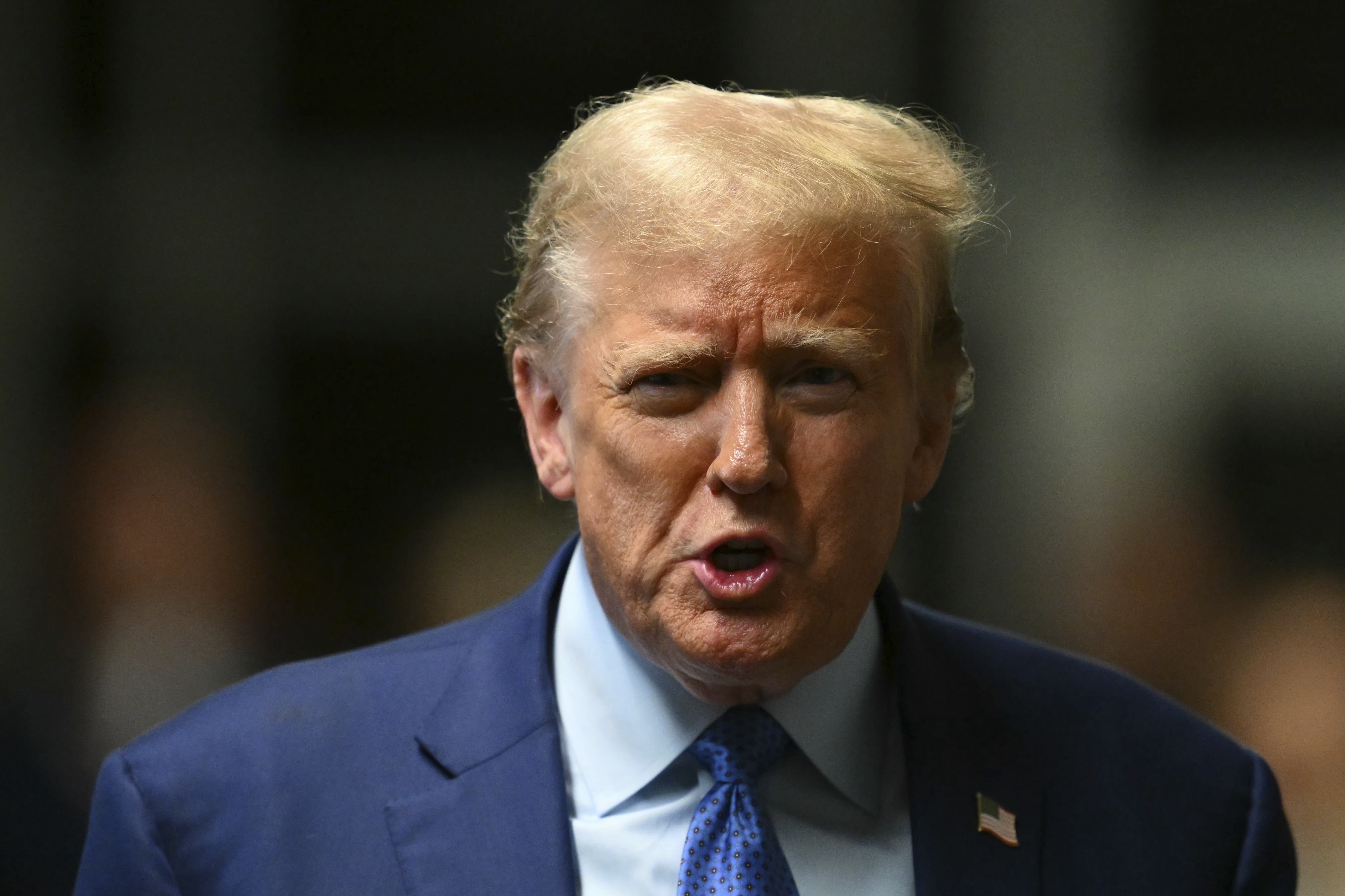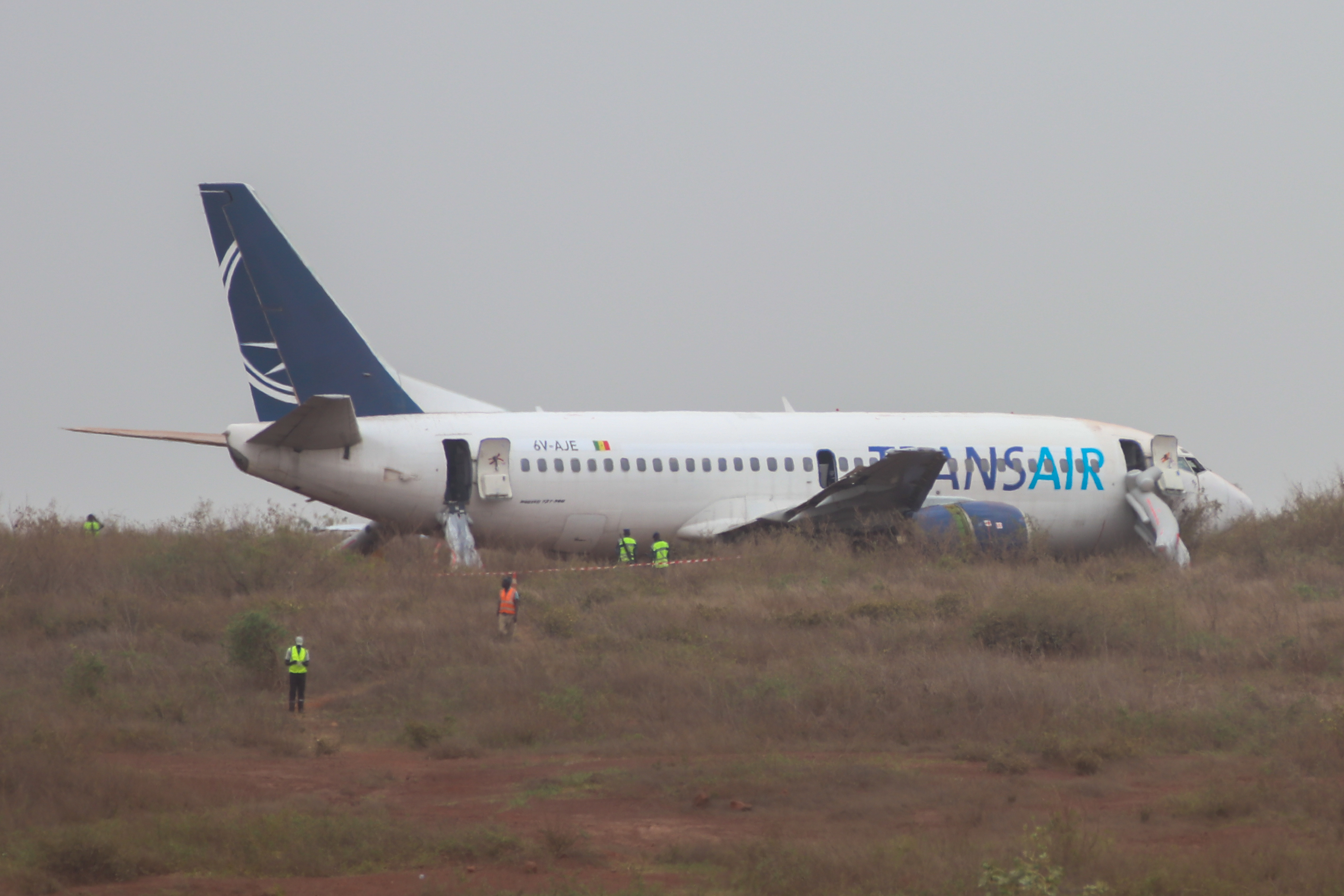The Kentucky Derby is known as the Greatest Two Minutes in Sports. It also may be the most important two minutes of the year for the $10 billion horse race gambling industry.
Saturday’s Kentucky Derby kicks off the high season of betting on horse racing in the United States, as die-hard fans and casual observers wager big money on how the top 3-year-old thoroughbreds will fare on the storied Churchill Downs track. Together, the Derby, Preakness Stakes and Belmont Stakes -- the three races that make up the Triple Crown -- reported taking more than $350 million in bets in 2013.
“They are high impact, big impact days for the industry because people can bet all over the country and actually throughout the world,” said Doug Reed, a racing industry veteran who is now director of the Race Track Industry Program at the University of Arizona.
The interest and stakes surrounding the trifecta of races are a welcomed respite for an industry that has struggled to keep pace amid increased competition in the worlds of sports and gambling.
“Racing is like boxing, you can't expect it to be like it was in the (1960's) because that’s all there was really," Reed said. "The competition from the 60s to now, it’s a whole entirely different landscape, different world. You've got Indian gaming, you’ve got casinos everywhere, I could go on and on. Other sports have bloomed."
Despite new technology and off-site facilities that allow people to place bets and watch races across the country without setting foot in a park, the total amount bet on horses has seen a steady decline over the last decade.
The amount bet through the traditional wagering system used both on and off track dropped 28 percent over the last 10 years, from about $15 billion in 2003, to $10.8 billion in 2013, according to data published by The Jockey Club. Attendance dropped 30 percent over the course of a decade, according to a 2011 presentation by a firm commissioned to conduct an analysis on the state of racing.
U.S. & World
The day's top national and international news.
“By any measure, thoroughbred racing has declined over the last decade,” Dan Singer, director of McKinsey & Company’s media and entertainment practice, told attendees of the Jockey Club’s annual Round Table conference in 2011.
The industry’s failure to ward off competition from casinos, professional sports and online gambling have contributed to the trend, according to experts. Track operators and leaders in the sport are now offering new forms of gaming to attract more customers, including slot machines and additional bet options. They are also counting on online wagering sites to grow the customer base.
"The old way was the safe way. You knew who your customers were, you operated a certain part of the year. To kind of venture out to a new world where it wasn’t predictable was very scary for people," said Timothy Capps, director of the equine program at the University of Louisville. “The industry did not adjust to the reality of the world around it quickly enough."
But despite those challenges, the Derby remains a bright spot for horse racing.
Churchill Downs saw a record $187 million wagered on the Derby in 2012, an increase of 13 percent from the year before. Wagering at the track was up 7 percent that year, coming in at a $12.3 million. Betting dipped slightly in 2013, which the home track attributed in part to rainy weather.
Across the country, race tracks count on Triple Crown season to bring in big bets and new business.
Santa Anita Park in Southern California expects business to be booming in the week leading up to the Derby, thanks in part to the inclusion of a California-bred horse in the field. The track is hoping a good run for California Chrome, the Kentucky Derby favorite, translates to a big windfalls locally.
“If this horse were to win the Derby, Preakness day is a made day for us here,” said Mike Willman, the park’s director of publicity. If the horse wins the first two races and enters the Belmont with a chance at the elusive Triple Crown, Willman predicts business will be “just extreme.”
No matter the results, Willman feels Santa Anita "can hit it out of the park here all three of those days." The track is trying to capitalize on that buzz by offering special promotions and features, including food trucks and craft beer.
“We really do believe that we can expose many, many thousands of new people and many casual fans to our sport,” Willman said.
The ability to channel that excitement and interest into races beyond the Triple Crown will be key to the industry's future success, experts say.
“The Triple Crown has a lot of tradition, a lot of history, it became horse racing to generations of Americans and it still is and that is where the season is for a lot of people,” Capps said. “The challenge has been to try to build off that window, if you will, and try to figure out how to do that.”



